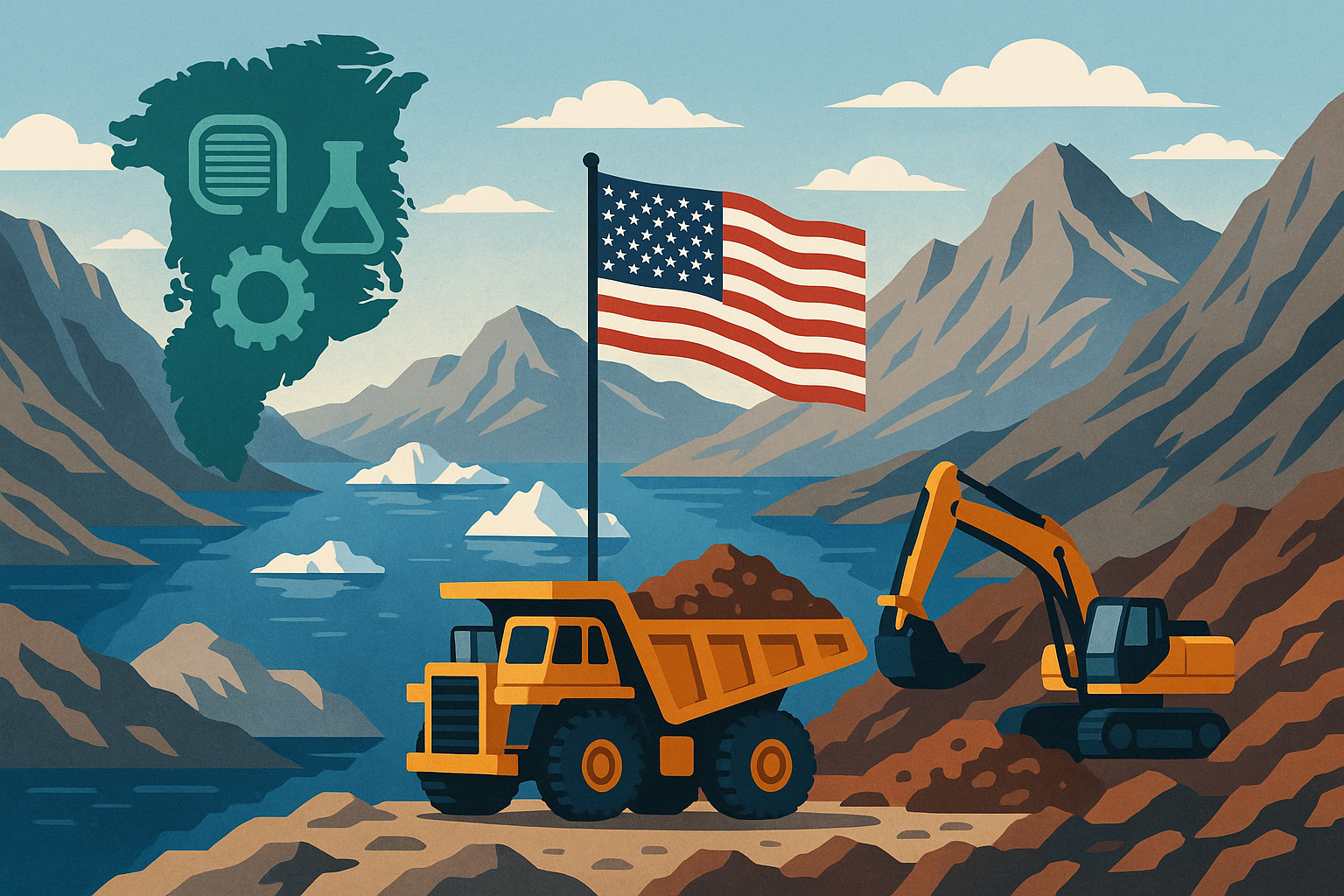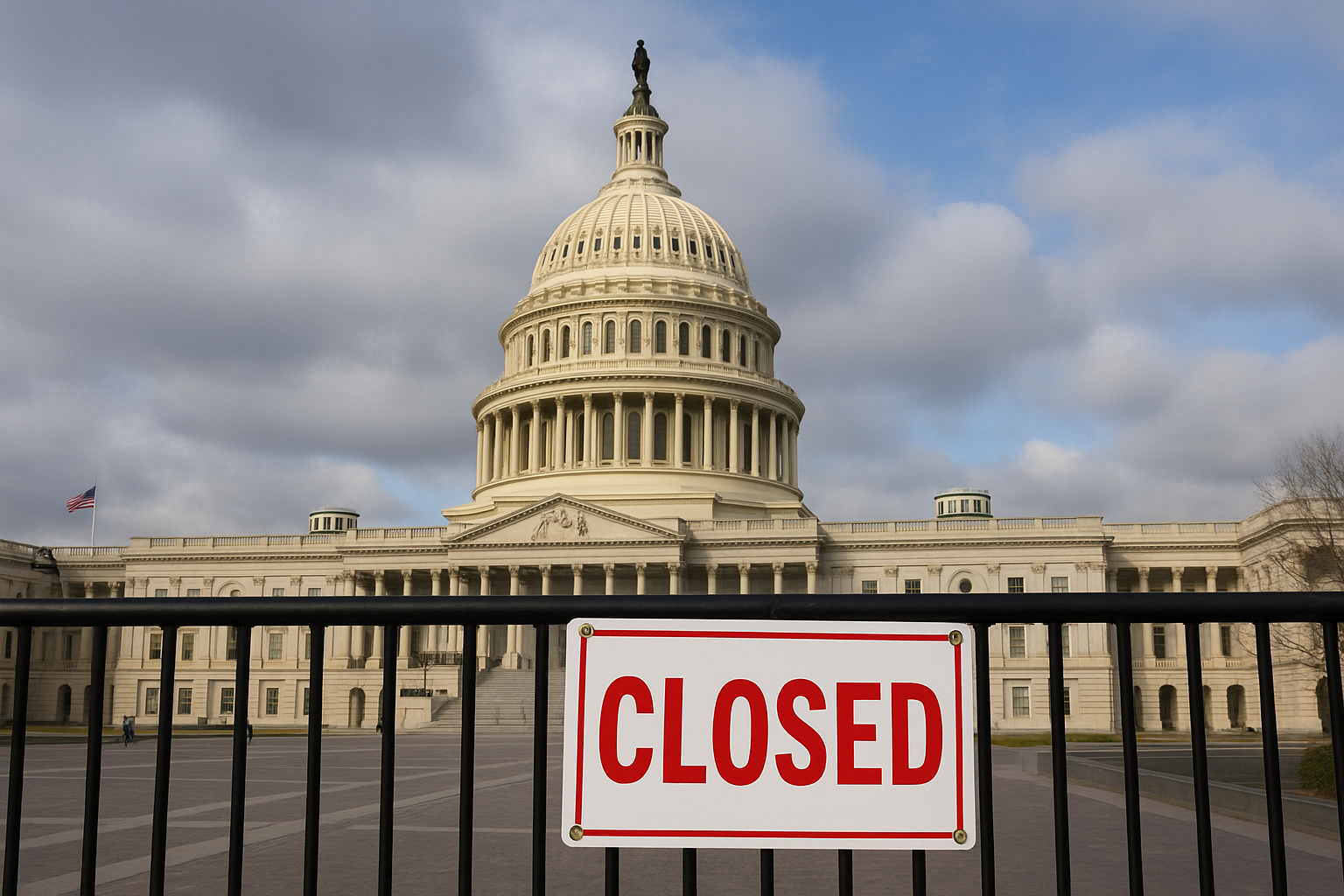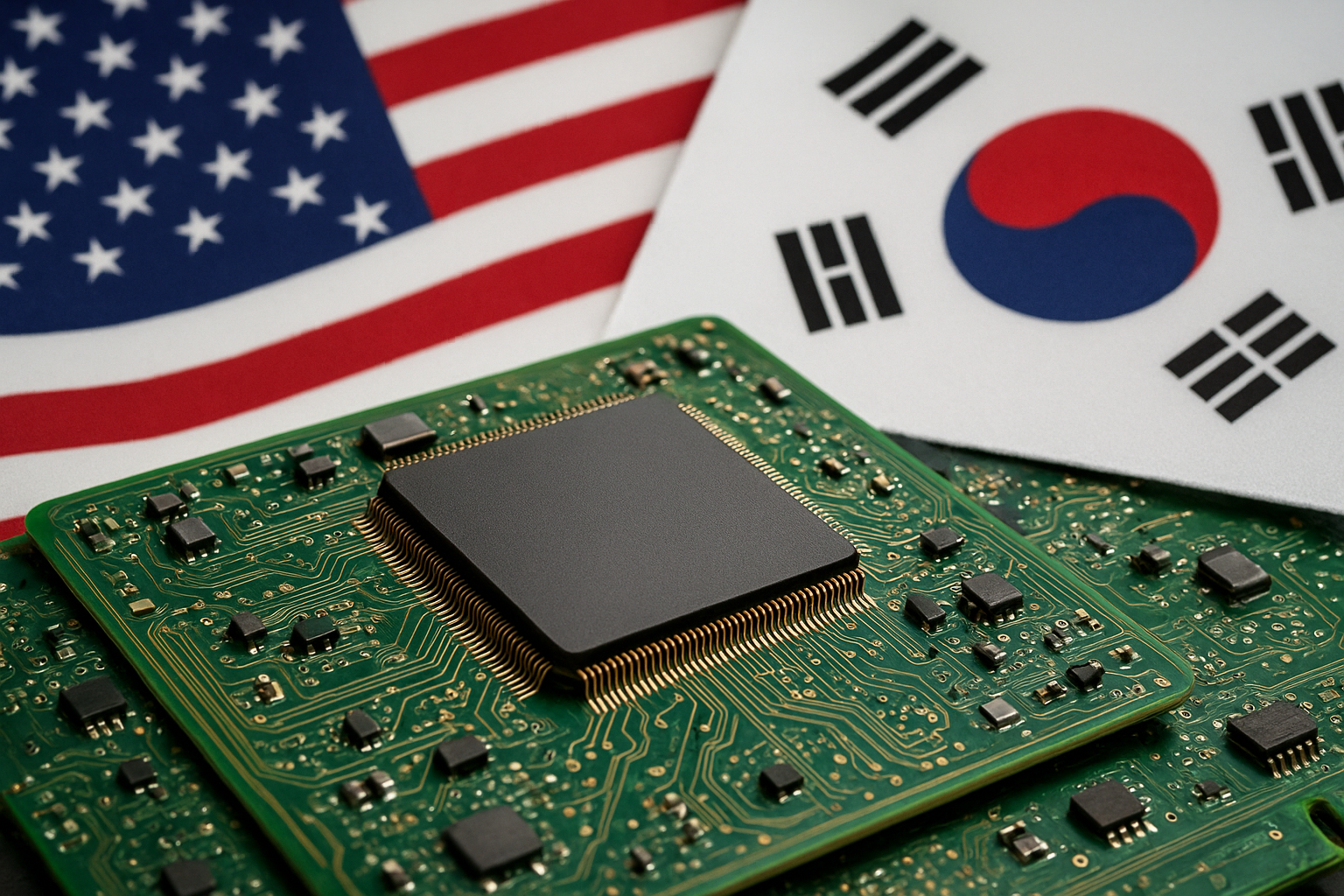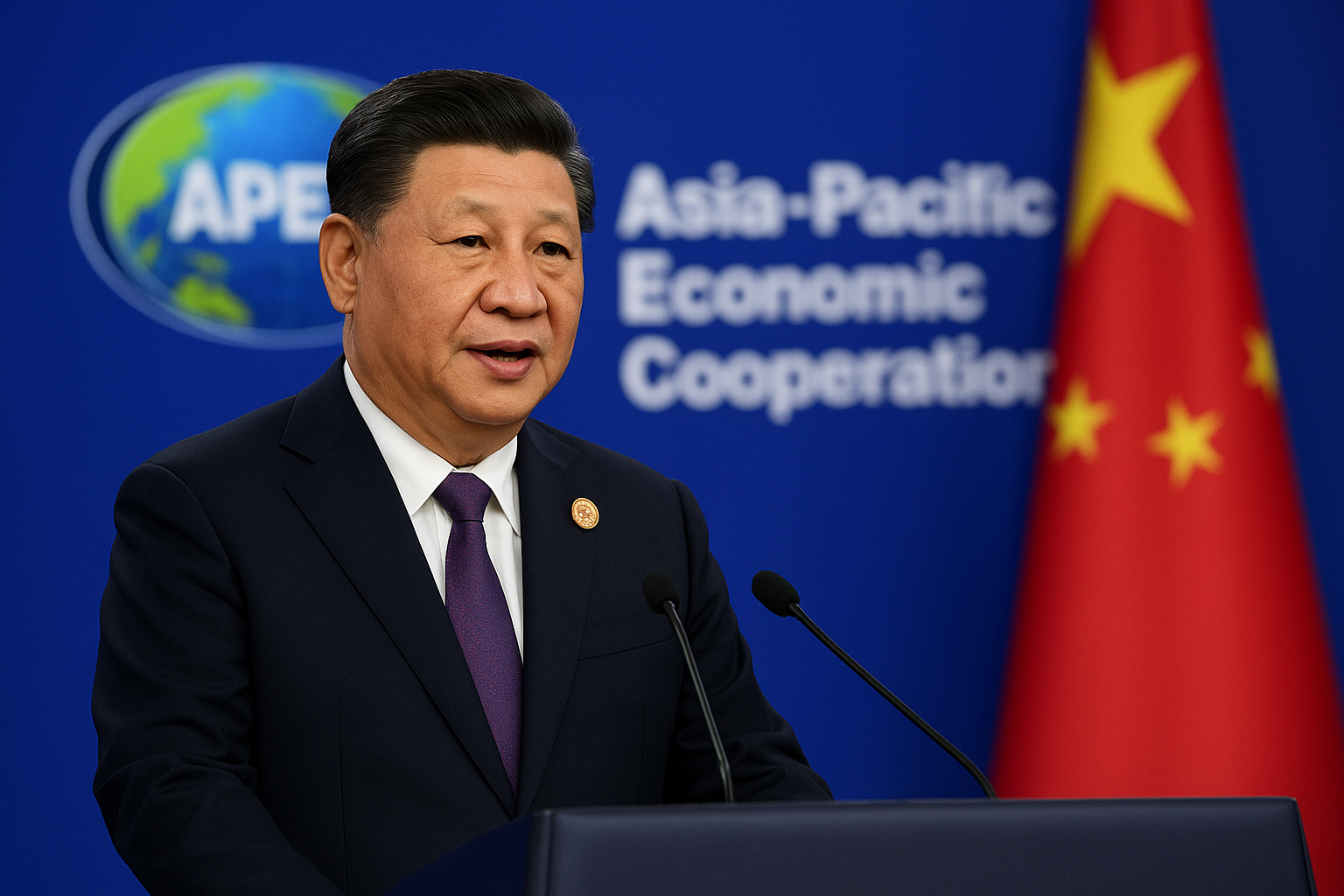With global supply chains under stress and geopolitical rifts widening, investors are scrambling to position for the next wave of critical mineral demand—especially in sectors powering the clean energy transition and national defense. Now, a remote Arctic island could become a pivotal node in that shift.
The U.S. Export-Import Bank (EXIM) has expressed preliminary interest in financing up to $120 million for the Tanbreez rare-earth project in southern Greenland, a move aimed at reducing American dependency on China, which currently supplies over 80% of the world’s rare-earth materials. This development marks a significant step toward establishing an alternative supply chain for strategic minerals vital to electric vehicles (EVs), wind turbines, and military technologies.
As the U.S. and its allies scramble to secure stable sources of neodymium, dysprosium, and other critical inputs, Greenland—long known for its ice—may soon become just as famous for its buried treasures.
A Strategic Arctic Bet on Resource Security
The Tanbreez project, owned by an Australian company and located near Greenland’s southern fjords, holds one of the world’s largest known deposits of rare-earth elements. According to Reuters, EXIM has signed a letter of interest for financing, contingent upon environmental reviews and regulatory approvals.
This move is part of Washington’s broader critical minerals strategy, outlined in recent Department of Energy reports, which prioritizes partnerships with friendly nations and investments in projects that offer long-term supply security. The backing of EXIM not only provides financial support but also acts as a strategic endorsement, potentially drawing private capital into the project.
Tanbreez’s potential production includes key inputs for magnets used in EV motors, missile guidance systems, and drones—applications where China currently dominates.
“If this mine goes ahead, it could feed into a North American supply chain for high-performance magnets, an area that’s both commercially and militarily sensitive,” noted a senior analyst at S&P Global Commodity Insights.
Why This Matters for Investors
The market for rare-earth elements is heating up. Prices for neodymium-praseodymium (NdPr) oxide have rebounded in 2025 after a sluggish 2023–24, fueled by the resurgence of EV demand and new clean energy commitments from the U.S. and Europe. At the same time, investor sentiment is shifting away from China-centric supply chains due to rising geopolitical risk, export controls, and national security concerns.
This emerging Greenland project fits squarely into the narrative of “friendshoring”—a trend where Western countries prioritize trade and investment with politically aligned partners.
Key implications for investors:
- Diversification Opportunity: Companies developing rare-earth supply chains outside of China may gain strategic premium valuations.
- Long-Term Growth: Projects like Tanbreez are multi-year plays but align with long-term trends in defense, energy, and electrification.
- Policy-Driven Catalysts: U.S. government support, including tax credits and loan guarantees, continues to drive capital into critical mineral development.
Future Trends to Watch
1. U.S. Policy Acceleration
The Biden administration and Congress have signaled continued bipartisan support for reshoring critical mineral production. Watch for additional funding announcements, especially under the Defense Production Act and Inflation Reduction Act.
2. Greenland’s Emerging Role
Although mining has historically been controversial in Greenland due to environmental and indigenous concerns, economic pressures may shift local sentiment. If permits proceed, Greenland could become a reliable partner for Western supply chains.
3. Rare-Earth ETF Momentum
Exchange-traded funds like REMX (VanEck Rare Earth/Strategic Metals ETF) could benefit from rising investor interest in non-China rare-earth exposure.
4. Global Competition
China’s response will be critical. If Beijing retaliates with export limits or price cuts—as it has in the past—it could temporarily pressure Western projects, but also further catalyze policy action in the U.S., EU, and Japan.
Key Investment Insight
Investors seeking long-term exposure to strategic resources should watch Greenland’s Tanbreez project and similar Western-aligned developments. While permitting and environmental reviews remain hurdles, EXIM’s backing signals real momentum in de-risking the project. Related equities—such as rare-earth developers outside China, magnet manufacturers, and EV mineral processors—may offer long-term upside as global supply chains reconfigure.
Companies to monitor:
- MP Materials (MP) – U.S.-based rare-earth miner
- Lynas Rare Earths (LYSCF) – Australian producer expanding outside China
- Energy Fuels Inc. (UUUU) – U.S. firm pivoting into rare-earths processing
- Neo Performance Materials (NOPMF) – Magnet and separation tech company
For daily insights on how geopolitics, green tech, and global markets collide, stay tuned with MoneyNews.Today—where smart investors start their day.





